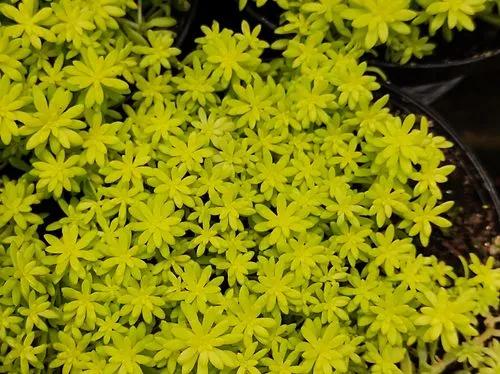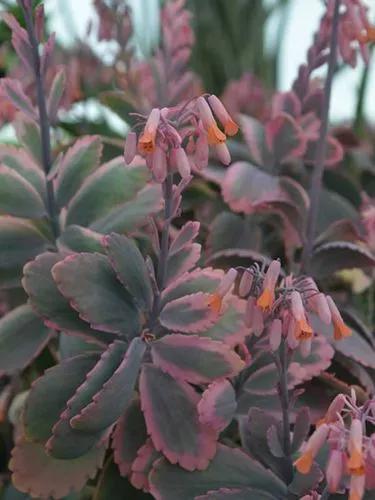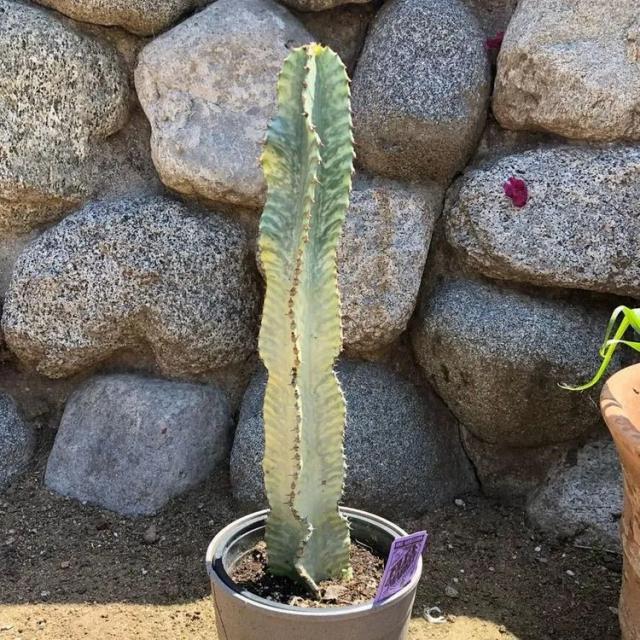Aloe Vera is a medicinal plant that has been used for thousands of years to cure different diseases. It is a succulent plant species from the genus Aloe. It grows abundantly in tropical climates and has been used as a medicinal plant for centuries. The species is also used for decorative purposes and grows successfully indoors as a potted plant.
Aloe Vera Care
Aloe Barbadensis Miller
Other names: Aloe Vera, Medicinal Aloe



Aloe has many side shoots, and a shortened stem, which forms dense groups of compact rosettes of leaves that are usually meaty and somewhat curved, up to 20 inches (50 cm) long, 2-3 inches (6-7) cm wide, grayish-green with white spots, and have small thorns on the edges. Saponin, which possesses antibacterial effects, is abundant in Aloe Vera: it fights bacteria, viruses, and fungi. Thus, the plant is widely used in cosmetology, medicine, and even nutrition. Aloe Vera creams, gels, and ointments contain a clear gel found in Aloe Vera leaves. These products can be applied locally to treat a variety of skin diseases. It can be invasive in Europe, the West Indies, Asia, and America.
How to Care for the Plant

Water

Watering is the most challenging part of keeping Aloe Vera healthy. Aloe is a succulent plant accustomed to arid environments, but its thick leaves still need enough water.
- Water your Aloe Vera plants deeply, but not very often.
- The soil should feel damp after watering, but allow it to dry slightly before re-watering. If the soil is too wet, the plant roots can rot.
- To prevent over-watering your plant, allow the top third of your potting soil to dry out between waterings.
- Plan to water the aloe plant about every 2-3 weeks in the spring and summer and even less frequently in the autumn and winter. Fall and winter watering is about twice the time between waterings (compared to your summer watering schedule). In other words, if you water every two weeks in the summer, water every four weeks in the winter.
- When watering, excess water may drain to the bottom of the pot. Let the pot be in this water to allow the soil to absorb it as much as possible. Wait 10-15 minutes, then drain off the remaining water.

Pruning

There is no set periodicity for pruning aloe leaves; it is entirely dependent on the preferences of the plant's owner. If you want the rosette to expand to a large size, don’t cut it at all; but if you want to keep the plant compact, trim it when the excess leaves reach enormous sizes.

Fertilizer

Mineral fertilizers are used to feed the plants once every four weeks, from the second half of spring to the first weeks of fall. Give preference to liquid 10-40-10 houseplant mixes or mixes designed specifically for succulents.

Sunlight

Aloe requires a lot of bright sunlight, and it is recommended to illuminate the plant in winter. Place the plant under bright indirect sunlight or artificial light. A West or South window is an ideal option for it.

Soil

Substrates suitable for growing aloe should include sod, deciduous soil, and sand (2:1:1). To loosen the soil mixture, a tiny amount of charcoal and small bits of brick are added. Also, any store-bought potting mix for succulents will be suitable.

Propagation

Aloe can be grown from seed quite easily. To begin with, a good drainage layer is made at the bottom of the planter, then it is filled with the sand mixture, and seeds are sown. Sowing is carried out in the last winter or first spring weeks.
Use the same soil combination for aloe shoot propagation as for seed sowing. Separate new shoots developing from the root from the parent bush in the spring or early summer, and then put them in their own pot. The bush is given the same care as an adult plant once it has taken root and begun to develop.

Temperature

Aloe Vera grows best at 55 to 80°F (13 to 27 °C). The temperature in most apartments is perfect for the plant. You can easily take the plant outside from May to September, but be sure to bring it home in the evening if the nights are cold.

Container

Aloes grow fast, so their pots must be replaced on a regular basis. The most crucial factor is the pot's compatibility with the root system, as plants do not like to be root bound.

Fun fact

Aloe stems contain more than 95% of water, and as a result, the plant can resist extreme heat and drought.

Additional

We recommend harvesting aloe from mature plants, preferably those that are blown up. Note the tip of the leaves; it must be pink, which means the leaf has sung and is ready to harvest. We want to point out that Aloe grows slowly, so be careful when cutting the leaves to avoid taking too many leaves during the dense period. After about two years, the leaves of the Aloe Vera will gain maximum valuable substances, and then it will be possible to use the plant to treat and maintain beauty!
Choose thick and large leaves using a clean, sharp knife and cut as close to the barrel as possible. Do not collect leaves with your hands because you can damage them, and it can damage the quality of Aloe gel and Aloe Vera juice.

Popularity

541,434 people already have this plant 47,162 people have added this plant to their wishlists

Common pests

Like all other plants, Aloe Vera also has its pests and diseases. Despite its persistence, the plant may be prone to aphids, whiteflies, ticks, mealworms, and many other pests. If you notice anything wrong with your Aloe Vera flower, you will find the problem and proceed to fix it as soon as you can. Some of the pests mentioned earlier can be eliminated by conventional water. To do that, you should spray the plant with a strong stream of water that will wash away all the parasites.
If this does not help, pay attention to the soil. There may be traces of fungi in the ground, so you'll have to transplant the plant into a new pot with new soil.

Frequent diseases

Just like most other succulents, overwatering is the most common issue faced by aloe vera owners. As a result of overwatering, there might occur the following diseases:
- Root rot
- Soft rot
- Fungal stem rot
- Leaf rot
Repot the plant into fresh soil and minimize waterings until it gets better. Pay more attention to your watering schedule and water less frequently.

Botanist’s tips

Collect leaves if necessary to treat minor burns and scratches; Aloe gel will be perfect for moisturizing your skin and hair.
Do not transfer Aloe from indoors to the sun immediately; it takes time to adjust to the bright light; otherwise, it could get burned. Let it be in partial shade for about a week before moving it to a lighter place.
- Ensure the plant gets the right amount of water - just enough to dry out completely, but not enough to flood. If the plant is outdoors, be careful not to get wet from summer rains.
- Give the Aloe a dormant period in the fall and winter. Aloe blooms in late winter or early spring, so giving a rest period with less frequent watering and lower temperatures can help them blossom.
- Don't be surprised if it still isn't blooming. Despite our best efforts, indoor conditions are not ideal for most aloes, so don't be surprised if yours refuses to bloom!
Discover more plants with the list below
Related articles






